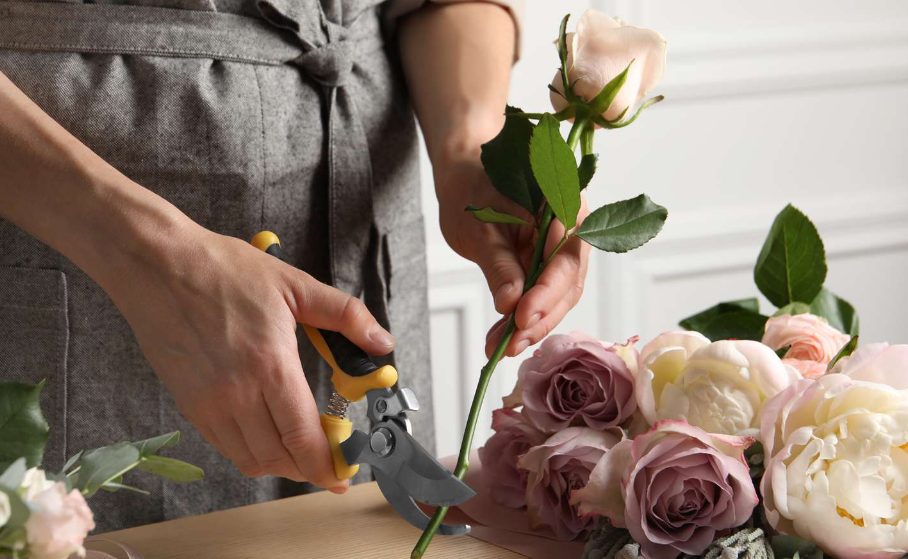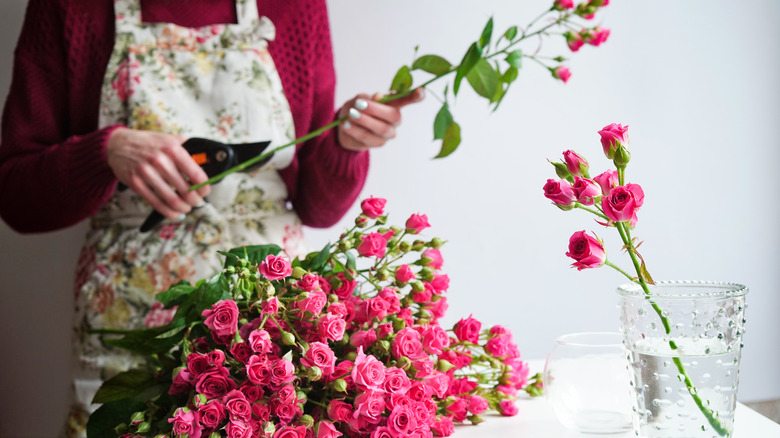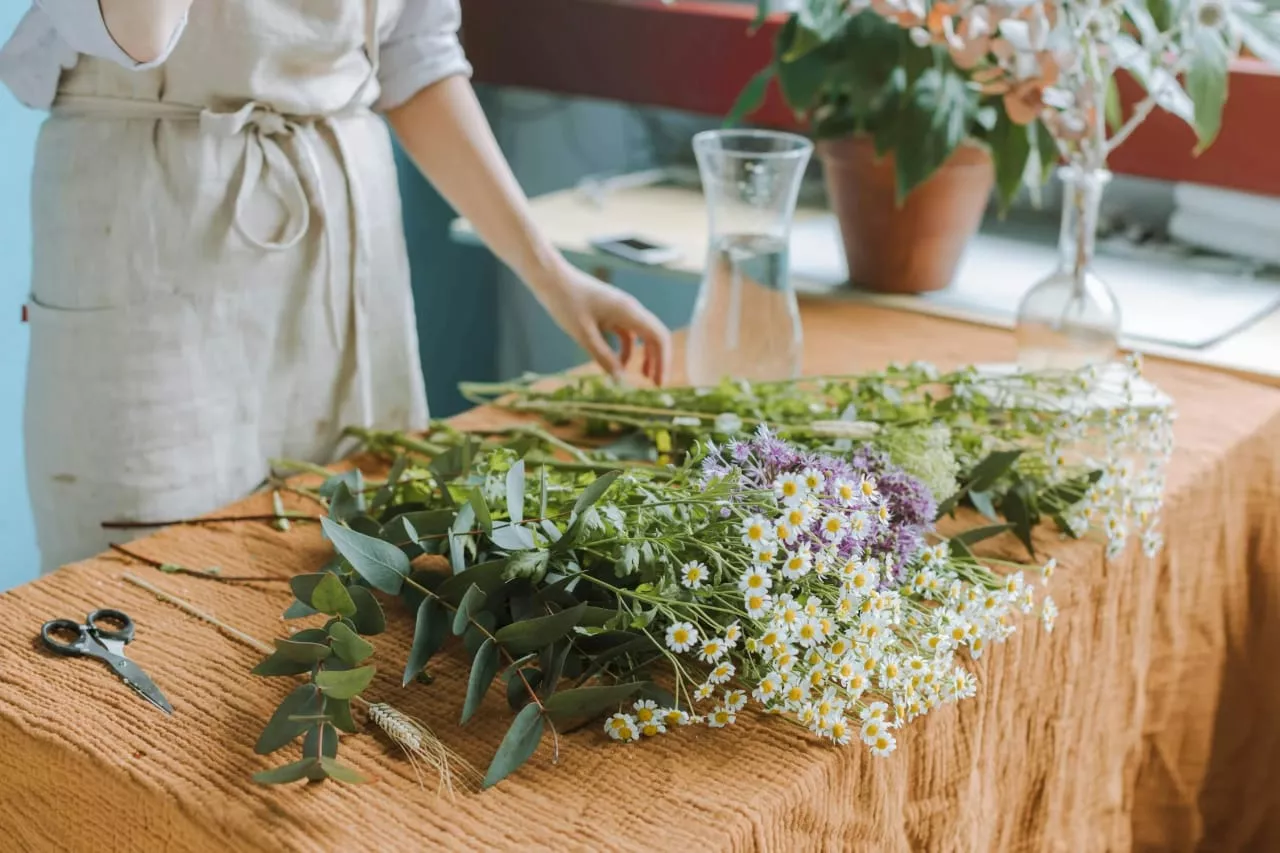Keeping Flowers Fresh: Myth vs Fact
In our modern age of rapid technological growth and endless information, it’s easy to come across both helpful tips and misleading advice on flower care. To avoid falling for common misconceptions, it's important to separate myth from fact. You will learn how to keep flowers fresh with proven practice methods. Armed with this knowledge, you'll be better equipped to maintain your flowers’ freshness and extend their beauty with tried-and-true techniques.
Why Freshness Matters: The Science Behind Flower Longevity
The visual appeal and lifespan of flowers heavily depend on their freshness. Once flowers are cut, they begin to dehydrate and fade quickly due to moisture loss. This water loss occurs through both the leaves and stems. Placing flowers in a vase delays this process, but eventually, the water becomes polluted, which clogs the stems' capillaries and restricts hydration. Additionally, gases emitted during decay speed up wilting. Room temperature and humidity also play a significant role: higher temperatures drastically shorten the life of cut flowers.

Common Myths About Keeping Flowers Fresh
To eliminate untrue information, which is often found on the Internet, we will tell about the most common flower care myths:
- The first myth states that adding aspirin to water will prolong the freshness of flowers. While aspirin may lower the water's pH level, it won't prevent bacterial growth. Flower preservatives will do a better job with this.
- Sugar helps prolong the freshness of flowers. This myth again leaves out the bacteria breeding factor. Sugar may nourish flowers, but it is not an antiseptic.
- Long-lasting freshness can be provided by ice water. Ice water only stresses the plants and no more. Only cool-temperature water can slow down metabolism.
- If you crush the stem, you will increase water absorption. This is false because damaged stems block capillaries, preventing normal moisture absorption.
Now you know how you should never do anything to your favorite flowers to preserve freshness.
Proven Methods to Extend the Life of Cut Flowers
Let’s look at some practical and reliable techniques to help your cut flowers stay vibrant longer:
- trim the stems at a 45-degree angle, and repeat this every couple of days to improve water absorption;
- refresh the vase water every 1–2 days, preferably using filtered water to prevent contamination;
- keep the flowers in a cool environment, away from direct sunlight or heat sources to slow down wilting;
- to enhance their longevity, consider using commercial flower preservatives or make a DIY solution: mix 1 teaspoon of sugar, ½ teaspoon of lemon juice, and a drop of bleach into 1 liter of water.
These are the best ways to extend flower life and add freshness to your space.
Best Practices for Storing and Arranging Flowers
You can keeping flowers fresh longer for your home and different parties. If you want to decorate your home with flower arrangements, place them in vases made of glass or ceramic. After all, plastic can emit dangerous substances for flowers. For their location, use places without direct drafts and sunlight. For parties, use more durable flowers and nourish them with floral sponges. It is better to store cut flowers in a cool place and complete darkness. Then, they will not unfold before their time.

Mistakes to Avoid When Caring for Fresh Flowers
After we have covered the basic fresh cut flower tips, we should talk about the main mistakes to avoid. These can include:
- using not fully washed dirty vases. In this format, bacteria will multiply as quickly as possible and shorten the life cycle of the flowers;
- cutting the size of the stems too short. In this case, the flowers will not be able to absorb enough moisture;
- placement near air conditioners and heaters. Flowers do not like sharp temperature changes and react negatively to them;
- water is not renewed. In which environment bacteria develop well, but not flowers;
- the wrong choice of flowers for cutting in hot weather. Cutting flowers that respond well to high temperatures is better for a summer bouquet. Orchids, chrysanthemums, succulents, alstroemeria, and sunflowers are considered resistant.
Now you know how to keep your favorite flowers longer, their freshness, and delight every day with harmonious beauty.
